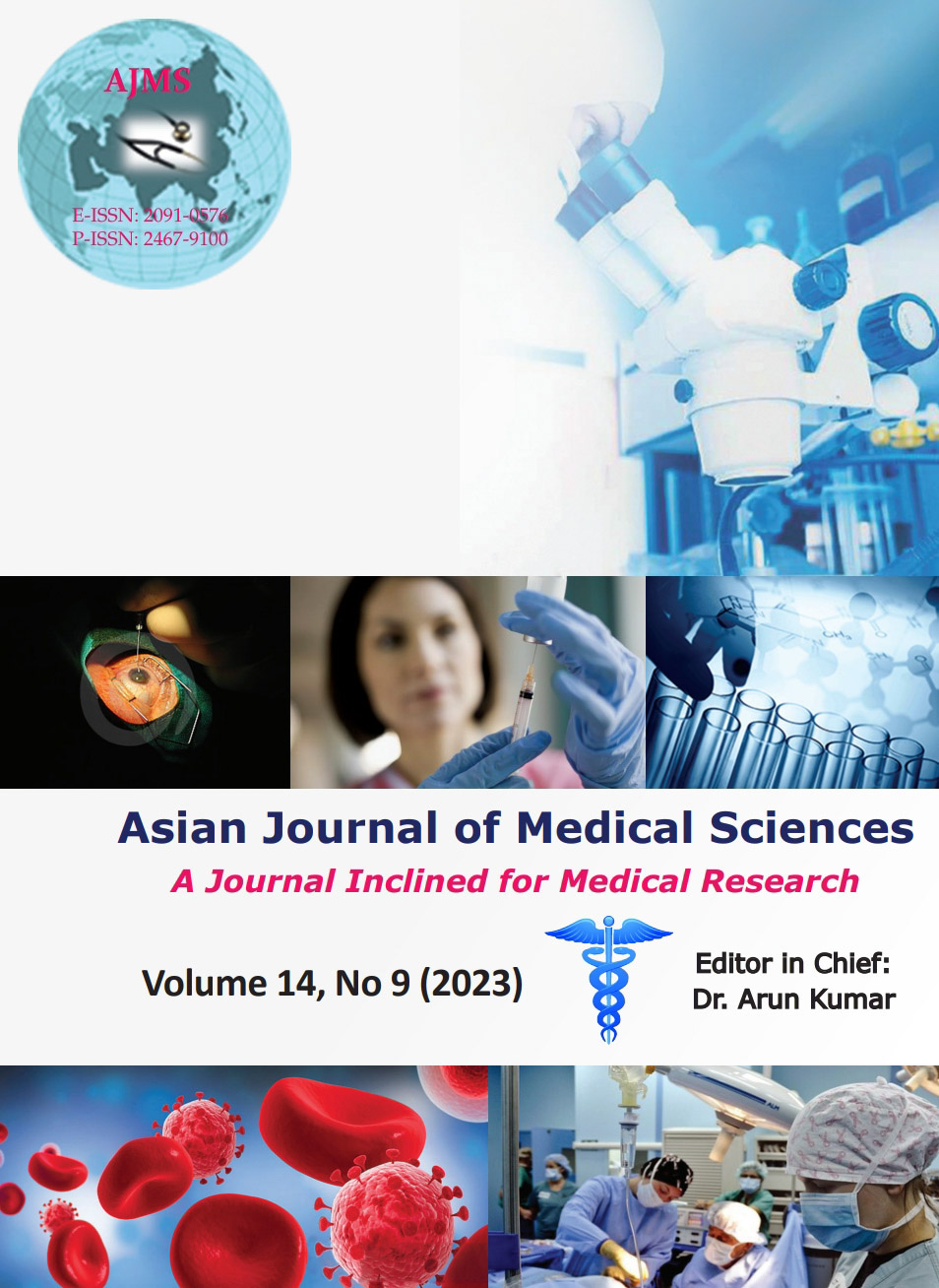Gestational diabetes: The epicenter of feto-maternal crisis
Keywords:
Gestational Diabetes, epicentre, feto-maternal crisisAbstract
Gestational diabetes mellitus (GDM) is defined as any degree of glucose intolerance with onset or first recognition during pregnancy. The rising trend in obesity and overweight globally poses a serious risk for developing GDM, more among South Asian population. The occurrence of perinatal complications seems to parallel with incidence of GDM contributing significantly to adverse pregnancy outcome. The matter of fact is that diabetes just do not affect the mothers only, but also the new-born, predisposing them to various neonatal adverse outcomes, including metabolic and cardiac disorders, and respiratory distress, as wells as neurologic impairment compromising with metal development. Further, low birth weights, macrosomia, and infections are some of the most commonly occurring outcomes of GDM, the severity of which parallels with maternal blood glucose levels and age. Further, there are higher risk of hypoglycemia among the new born of hyperglycemia diabetic mothers.
The numbers are soaring high, more in developing nations, with India almost topping the list with currently, over 80 million women worldwide who are affected by GDM and pregestational diabetes mellitus. How exactly GDM affects the developing fetus is still not precisely known. Animal studies using rodent models indicated glucose mediated oxidative stress, leading to excess apoptosis in the target organs as wells production of other reactive oxygen and nitrogen species. Further, an activation of unfolded protein response leading to endoplasmic reticulum stress seems to contribute to the pathogenesis of hyperglycemia. However, what is assuring is that risk mitigation against this detrimental effect can be adopted. This involves risk assessment of pregnant females at the first prenatal visit with special focus on comorbidities such as overweight with/and obesity, glycosuria, and family history and hence should be recommended for blood glucose testing (between 24 and 28 weeks of gestation). With the prevalence of GDM reported to range from 3.8% in Kashmir 17.9% in Tamil Nadu, the stakes are high. It is also clear that India has a very high prevalence of GDM by all global standards. Rational steps to tackle this problem at the early and effectively will decide its long-term consequences on maternal and child health.
Downloads
Downloads
Published
How to Cite
Issue
Section
License
Copyright (c) 2023 Asian Journal of Medical Sciences

This work is licensed under a Creative Commons Attribution-NonCommercial 4.0 International License.
Authors who publish with this journal agree to the following terms:
- The journal holds copyright and publishes the work under a Creative Commons CC-BY-NC license that permits use, distribution and reprduction in any medium, provided the original work is properly cited and is not used for commercial purposes. The journal should be recognised as the original publisher of this work.
- Authors are able to enter into separate, additional contractual arrangements for the non-exclusive distribution of the journal's published version of the work (e.g., post it to an institutional repository or publish it in a book), with an acknowledgement of its initial publication in this journal.
- Authors are permitted and encouraged to post their work online (e.g., in institutional repositories or on their website) prior to and during the submission process, as it can lead to productive exchanges, as well as earlier and greater citation of published work (See The Effect of Open Access).




